What Are NFTs?
Non-fungible tokens (NFTs) are pieces of digital content that are linked to the blockchain. This is the same system that carries digital currencies such as Bitcoin, Ethereum, and others. But unlike those assets, a look at NFTs is non-fungible, meaning that they can neither be transferred nor exchanged with other assets of the same value.
NFT is a digital asset that reflects elements such as music, movies, in-game goods, and art. NFTs are bought and traded online using both hard currency and cryptocurrencies and are carried on blockchain technology, the same system that underpins other cryptocurrencies on the market.
NFTs were introduced in 2014 and from then, they have been rising in popularity as a means of buying and selling digital art. This is contrary to the conventional market where a short supply in the amount of digital works would generally lead to an increase in value of the available items.
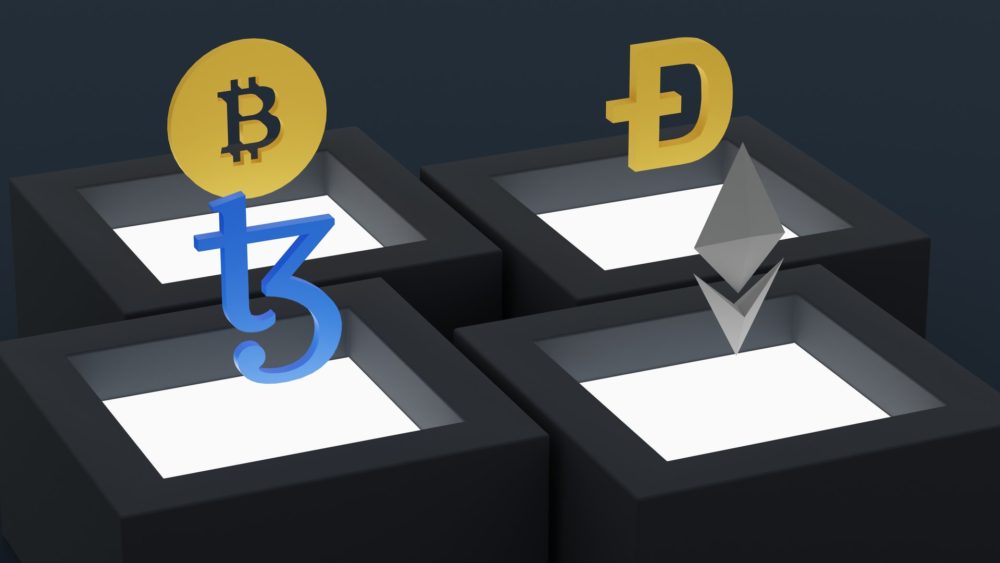
Although the images, videos, and files can be accessed on the internet for free, people still spend millions of dollars to keep the original copy of the items. In the process, they earn digital bragging rights which are equally valuable to collectors as the physical items.
The good thing is that NFTs can be purchased from different sites depending on what you are looking for. For example, if you are looking for baseball cards, you should find sites that deal with the same. A good site for such items would be digital trading cards. Those looking for generalized items will have a nice time on other sites since they offer an assortment of collectibles.
The general rule of NFTs is that the original creator of the items put up for sale remains the copyright holder. The buyer of the NFT will get the underlying token and the object itself but not the associated copyrights. These remain as the sole reserve of the creator of the object. For example, if you are purchasing an artwork, NFT will grant you the rights to use, display, and sell. However, you have no rights over the reproduction of the item. The creator will also include royalty terms on the items to ensure that they make an earning on the future sales of the items.
History
NFT first appeared on the market in 2014 when a software entrepreneur named Anil Dash in collaboration with the digital artist Kevin McCoy created a pixelated octagon that had the ability to change color. This particular piece was later presented at DEVCON 1 a few months later. This is the same time when Ethereum blockchain was being introduced on the market.
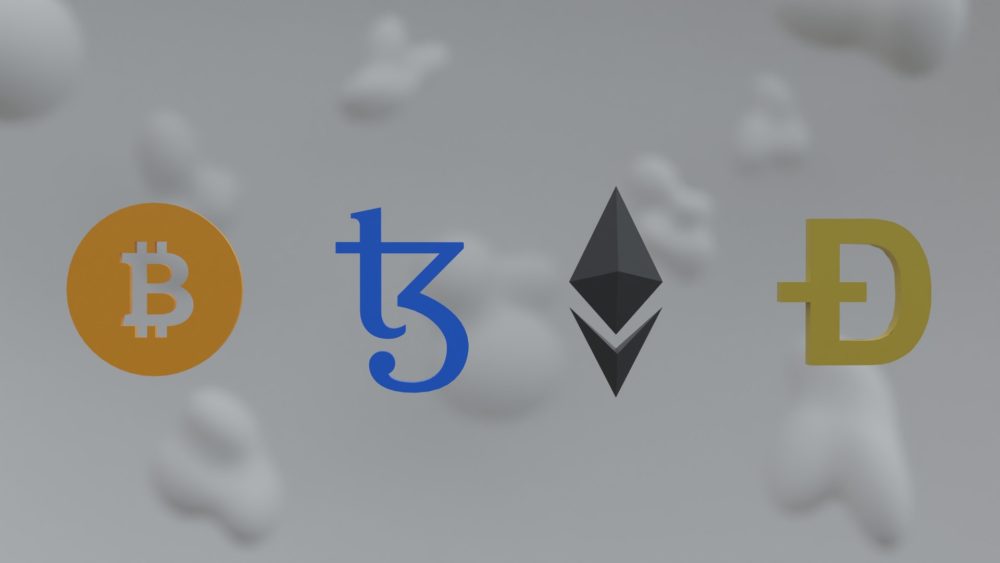
The Main Features Of NFT
Most NFT items on the market come with the following features:
- Uniqueness. Each NFT features a unique attribute that must be included in the token information. You will find that each NFT on the market carries distinct personalities. In fact, there are no NFT items on the market that are unique. However, a copy of the image will be identical to the original.
- Fraud proof. NFTs are easy to transfer and they are not affected by fraud.
- Digitally scarce resource. The original NFT file is stored in a blockchain network. However, the certificate of ownership is available on different networks. This makes it easier to prove the owner of the digital item.
- Indivisibility. You can neither break NFT into smaller denominations nor buy or sell a part of them.
- Ownership. The ownership of the tokens is guaranteed by the tokens.
How Non-Fungible Token (NFTs) Work
The most popular NFTs on the market are generated and stored on the Ethereum network. However, you will still find NFTs being supported by other blockchains such as Tezos and Flow. People can freely look at the blockchain to verify the ownership of the NFT but the company or persons behind it will remain anonymous.
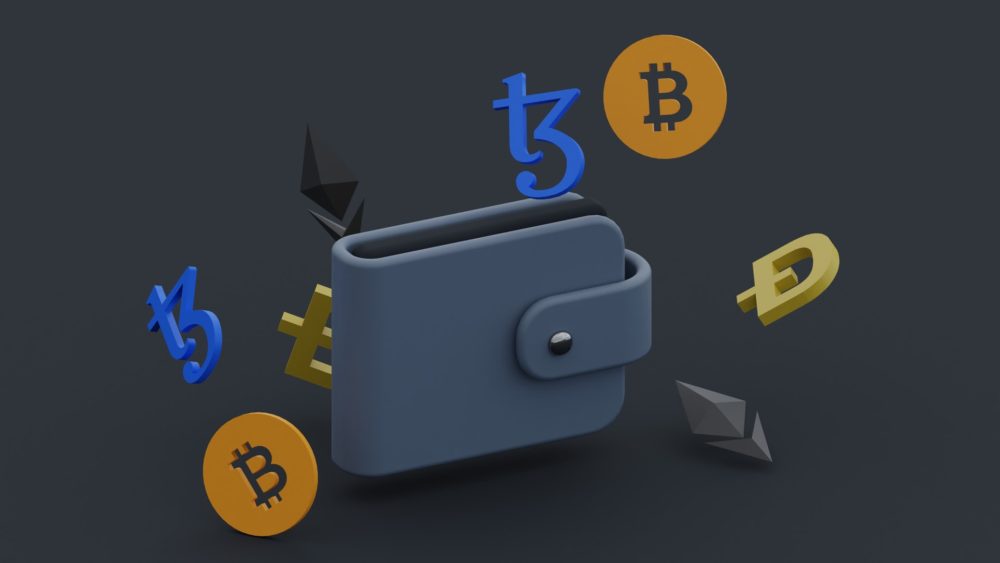
Generally, pieces of art are valuable because they are rare and one of a kind. However, digital copies of the artwork can be duplicated and easily copied by anyone out there. The good thing is that NFTs enable such pieces of work to be ‘tokenized’ so that it can become easy for one to verify the owner of a specific piece of art. This creates a digital certificate of ownership that can be bought or sold.
Just like in cryptocurrency, a record of who owns what in NFT is kept in a shred ledger known as blockchain. This means that the record cannot be forged because it is stored in thousands of computers around the world. Also, NFTs come with smart contracts that give artists a chance to earn royalty when the token is sold.
How To Buy NFTs
It is important to note that any digital file can be purchased as an NFT. However, there are some variables that you should consider before buying one. This is especially for the beginners with no experience in the industry. First, you need to consider the market place where you are purchasing the digital objects from. The kind of digital wallet to store it in and the type of cryptocurrency needed to complete the transaction.
Rarible, Mintable, OpenSea, and Nifty Gateway are some of the most popular marketplaces on the web where people can purchase NFTs. On the other hand, there are some niche sites for the sale of specific types of NFTs. A perfect example is top shots for NBA video highlights that have become very popular with NBA lovers around the world.
It’s important to note that some sites will charge you a ‘gas’ fee for selling NFTs on their platform. A ‘gas’ fee is the amount of energy required to complete a transaction on the blockchain. In addition, you may be charged for the costs of converting dollars into Ethereum.
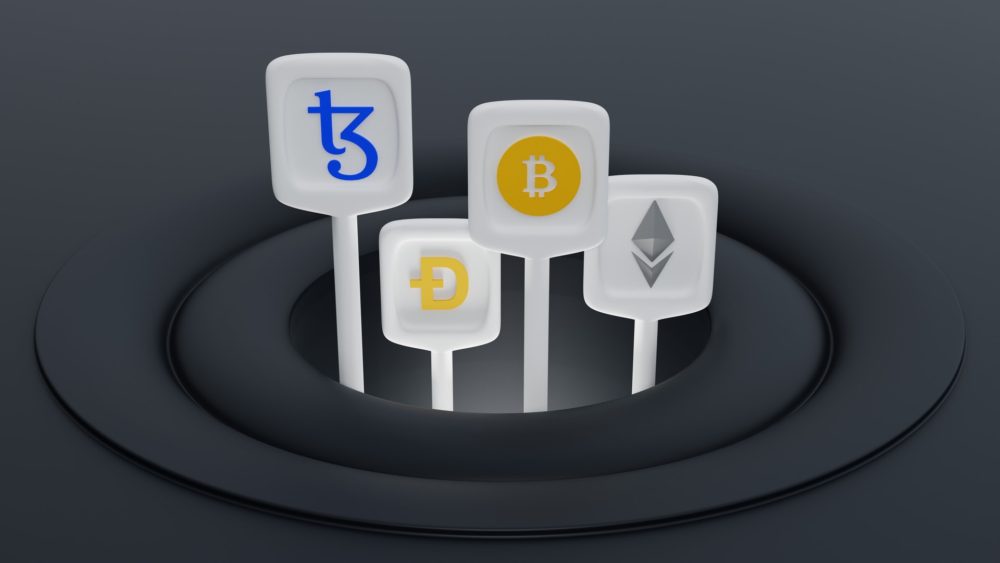
How To Sell NFTs
There are many marketplaces where you can sell Non-Fungible Token(NFTs). However, the specific procedure followed is dependent upon the platform itself and the kind of NFT that you have. When you identify the right platform where to sell the digital object, you should then follow their specific instructions on how to convert it into an NFT. In the process, you will be able to add some specifics including the particulars of the item as well as the price. Most NFTs are sold using Ethereum but you can still use other tokens such as Flow or Wax for the same.
Understanding NFTs
NFTs operate differently from cryptocurrencies. Just like regular money, cryptocurrencies are fungible. This means that they can be exchanged for one another or be used as a means of exchange for goods and services, especially since the value of one cryptocurrency unit is the same as that of the next. That is why they are applicable as a means of exchange in the digital economy.
On the other hand, NFTs create a change of this trend by making tokens that are unique and irreplaceable. NFTs are non-fungible objects whose value is not exchangeable or replaceable with one another. NFTs are the digital representation of assets and can only be compared to ‘digital passports’ since each token consists of a unique non-transferable token that separates it from other tokens.
Similar to Bitcoins, NFTs come with ownership details that enable them to be transferred from one token holder to the next. The owner can also add attributes to a particular asset in the NFTs. For example, the artist behind a particular art or video can add their signature in the metadata
The Importance Of NFTs
To many people, NFTs are an evolution over the idea of cryptocurrencies. The modern finance system has different solutions to real estate loans, business, and packages for artwork. By having a digital representation for the existing pieces in the market, NFTs takes the framework to another level.
NFT brings the idea of digital representation of physical assets to another level. When you understand the way the whole process runs, you will be able to appreciate its benefits. Below, we will explore some of the benefits of NFT.
Enhanced Security
Many art collectors on the market are aware of the risks involved in transacting artwork. Before making a specific purchase, the collectors need to study the attributes of a particular piece and take all the precautions to ensure that the entire purchasing process goes on smoothly. The existing system enables users to transact on NFTs in the most secure environment. Although Non-Fungible Token can be copied and duplicated by users, there can only be one original copy where the others are derived. And this is one feature that excites collectors around the world.
NFT preserves the quality of an artwork as well. This is because the digital works that are stored on the blockchain are immune to damage such as weathering, decay, censorship, and even fading. In addition, blockchain technology allows people to securely move assets of immense value across the globe and in full view of everyone.
And just like the blockchain technology brought a reliable currency that people can use to trade online, NFT guarantees, ownership, uniqueness, and authenticity of valuable digital assets.
Full Transparent And Authentic
Although technology has provided us with a means to create and publish digital objects, there is no means of verifying whether a particular piece is authentic and genuine. Fortunately, NFT has given us a chance to attach irrefutable attributes on ownership and authenticity of a digital asset. Furthermore, NFT transactions are easily verifiable to ensure scarcity and valuations.
This system is very important as it enables users to follow up on a specific edition of some pieces. For example, NFT projects such as the capsule house consists of 4 editions. Through the NFT infrastructure, collectors are able to track each of the edition tiers on the capsule house.
Accessibility
The world is slowly moving towards working remotely, embracing digital items and lessening the load for travel. Instead of displaying your art collection on the wall, you can easily view it either on a computer or smartphone after installing a crypto wallet application on it. The good thing is that technology allows you to view the art in both 2D and 3D formats.
Earn Revenues And Royalties
The NFT has brought an efficient system that allows the owners of the content to earn revenue from their work. Unlike in the real-world scenario where agencies and brokers take advantage of the loopholes in the market to siphon money from the owner of the artwork, the NFT system comes with safeguard features. This means that the royalties are embedded on the NFT itself, ensuring that the original creator of the artwork receives a royalty every time the artwork is sold or resold. This happens automatically on every piece available.
The fact that artists can earn a royalty on secondary sales of their artwork is what makes Non-Fungible Token very attractive. If your artwork is popular, it can provide you with a passive income without having to put in any labor at all.
Composability
One of the things that make NFT successful pieces of art is the fact that they come with easy Composability. This means that creators can come up with pieces that build on top of the other pieces that they have. For example, if one creator comes up with over 1000 successful avatars NFTs, another creator may come up with accessories for those avatars. This is a perfect example of building on what already exists in the market.
Easy Proof Of Ownership
NFT presents one with a chance to prove ownership of a digital object. Through the blockchain network, one can trace the ownership of an NFT to a single entity or account. This fastens the process of verification while at the same time presenting a verifiable way to prove ownership of a digital object. Unlike cryptocurrencies, NFTs are indivisible and thus, cannot be distributed amongst different owners.
The easy proof of ownership ensures that buyers do not have to contend with fake NFT. Although you can take a photo or a copy of NFT and distribute it as you wish, you can never be the owner unless you purchase the NFT. For example, many people have copies of Monalisa paintings. However, this does not make them the owners of the painting.
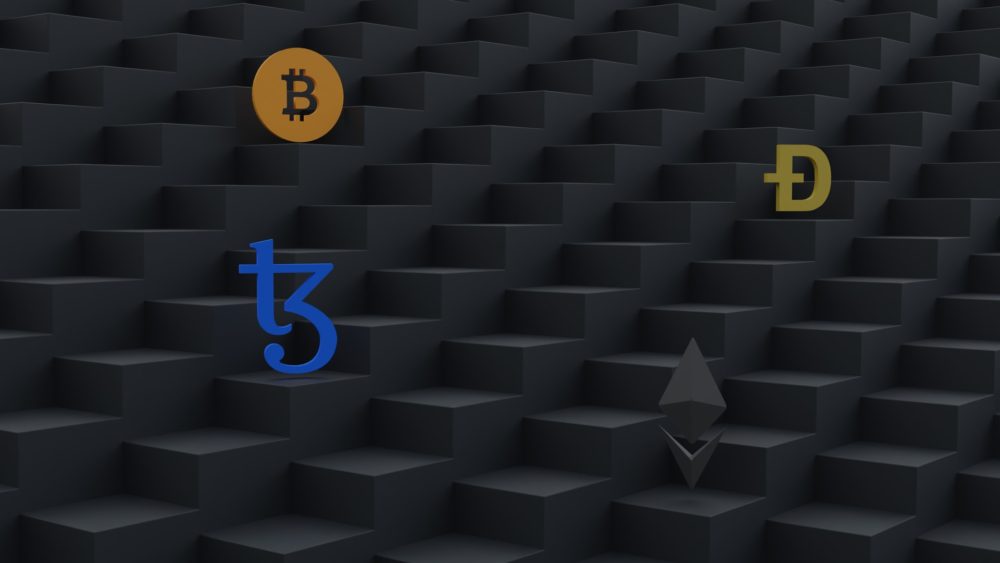
The Process Is Authentic
Another benefit of the non-fungible tokens is that they are unique. NFTs are based on the blockchain network which ensures that each item has a unique record to it. The uniqueness of NFT is what creates value on the object. Also, the creators of NFT make limited pieces which lead to scarcity. When it comes to art, value is created out of the rareness of the items.
To avail the designs to the public however, the creators of NFT make replicas. These are the pieces that you will find in the mass market. However, the masterpiece is stored in the immutable blockchain to ensure authenticity. By being immutable, it means that the NFT stored on the blockchain is protected from modifications, replacement, or removal from the network. Therefore, NFT maintains their authenticity as the most quality pieces available.
Transferability
NFTs are also easily transferable from one owner to the next. This is because it is very easy to trade on NFTs in different markets. Also, it is important to note that NFTs solve many problems associated with ‘closed gardens’ in collectible games.
Many games come with some in-game tools and accessories that players use to improve their experience. Unfortunately, these items are just restricted to the game itself and cannot be used elsewhere. And if the game falls out of fashion, the player could lose the amount of money that they have invested in these items.
Fortunately, Non-Fungible Token(NFT) enables people to issue these in-game items as NFTs. The players could hold the items in their wallet. After this, the players could sell the items as NFTs to generate some income. The use of smart contracts makes it easy for the payers to transfer the ownership of the items to other people. Furthermore, the smart contracts can be used to set the specific conditions of sale between the buyer and the seller.
 Creates An Economic Opportunity
Creates An Economic Opportunity
NFTs have found specific roles in the digital world. This is especially because NFTs fall into a fragmented section of the industry. Therefore, it is important to note that NFTs create an economic opportunity both for the artist and the investor. The creator of the object stands to earn the maximum benefits from the initial sale of the NFT. After that, he can reap royalties from every consecutive sale that is made on the item sold. Similarly, the buyer of the NFT stands to make a profit after reselling the object to the next party.
In the normal world, artists make money by publishing their content in sites selling advertisements. The system works in a manner that the site has to sell advertising to the followers of the artist as they read the published content. And although this generates some passive income for the creator, it does not make them grow in their career.
On the other hand, the development of NFT has led to the development of a different creator economy. This kind of economy would prevent content creators from surrendering their creations to websites that they use to publicize the content. With NFT, the ownership of the content is limited to the object itself. And when the creator decides to sell the content, they get full payment for the same. With the smart contracts stated above, the original creator would earn a royalty every time the creation is bought by a new owner.
Easy To Scrutinize By Accountants And Auditors
Another benefit of NFT is that it is easy to scrutinize by both accountants and auditors. Auditors can easily go through the ledgers to discover the relationship between NFT and the physical assets or digital items it claims to represent. The professionals can check whether the ownership of NFT gives right to the ownership of the digital asset that it represents. This is especially with the fraudulent activities on the web that have given rise to NFTs that have nothing to do with the assets that they claim to represent.
Unfortunately, there are some unscrupulous people who try to launder money through the purchase and sale of NFTs. Such people may be having some money earned from criminal activities that cannot be easily integrated into the regular financial market. These people can first purchase NFT before selling it back into the market and in the process earn their money back in the form of cryptocurrencies. After completing this purchase, the people can then convert it into fiat money, which is clean in the market. That is why it is important for NFTs to be regularly audited to ensure that they not only represent the value in the market but also, are not associated with any money laundering activities on the web.
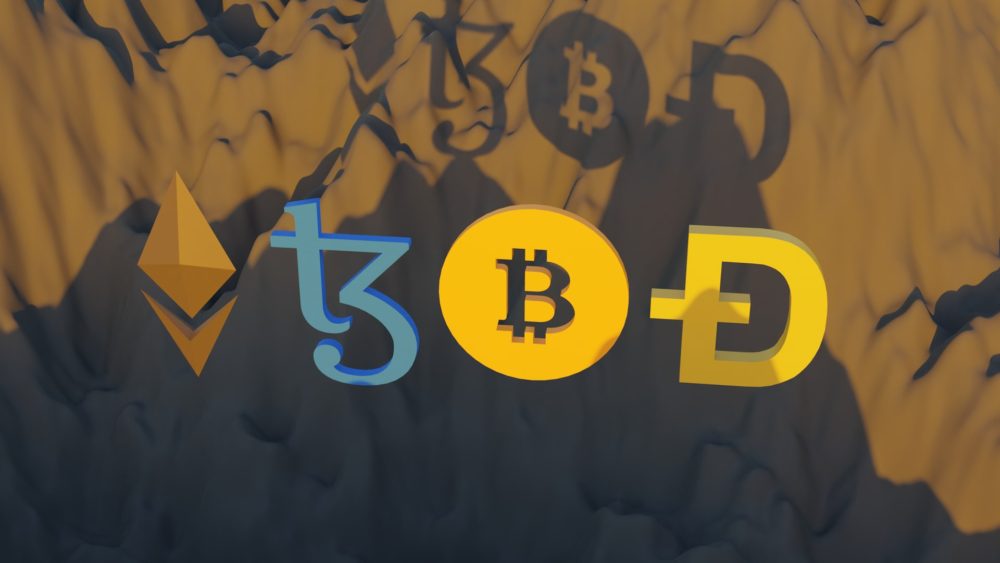
Builds Inclusive Growth
Last but not least, NFT leads to inclusive growth. Since the platform brings creators from different fields, there is always something that they can learn from one another and this leads to inclusive growth amongst all the participants.
With the platform, NFT creators have an opportunity to interact with all customers directly and in the process get the true value for their creations. In most other conventional art selling stations, there are brokers and agents who only cut on the creator’s earnings.
As NFTs grow, there is inclusion of precious metals in the process. This ensures liquidity, meaning that the owners of the assets can easily convert it into money. On the other front, there is inclusion of real estate into the NFT investments. In fact NFTs showing ownership of real life assets have shown potential for growth in the real-world scenario. There are real estate agents who issue listings as NFT with unit ownership of properties. As a result, multiple individuals can share ownership of a single property under specific conditions.
Why Non-Fungible Tokens Are On The Rise
The rise of Non-fungible Tokens has taken root since 2009 when the first Bitcoins were introduced into the market. The NFT, Bitcoins and Ethereum use variants of the blockchain technology, which creates some decentralized transactions between unknown people.
As NFTs become more and more popular around the globe, more and more artists are finding them useful in selling and commercializing their work and creations. This comes as a means to earn money through the commercialization of their intellectual property rights.
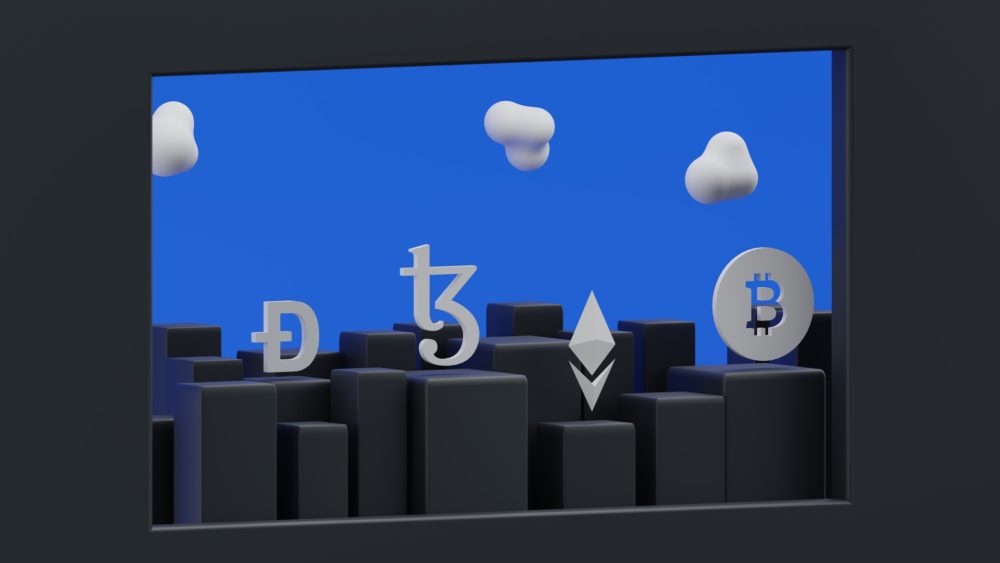
The system does this by tokenizing a piece by creating a digital certificate of ownership. The certificate contains a built in authentication and certification that acts as the proof of ownership. It is this certificate that can be bought and sold. If you want to verify the ownership of a particular NFT, you can see the details through a publicly available blockchain ledger. Owning a specific NFT grants you the permission to use the underlying asset. However, this does not give you the copyright or reproduction rights. Those are the sole preserve of the creator of the tokenized item. Although most NFT ownerships are intended for personal use only, there are instances where you are allowed to use the digital items for commercial purposes. However, that has to be clearly stipulated in the attributes of the token.
The Legal Opportunities Brought By Non-Fungible Token(NFTs)
The advent of NFTs has brought with it a lot of opportunities for the legal practitioners on the market. When trading in NFTs, you have to strike a fine balance between laws pertaining to intellectual property, security, litigation, tax law issues and private equity. The NFT technology can therefore present a novel challenge for clients and given the amount of money that you need to spend in the process, it is advisable to be on the safe side of the law. That is why you need to be represented well on legal matters.
As a legal practitioner, you may find potential clients in the platforms that host NFTs, sports teams, content creators, media companies, museums, and other NFT investors in the market. Below, we will look at the ways through which legal practitioners can get into the field.
Blockchain Practice
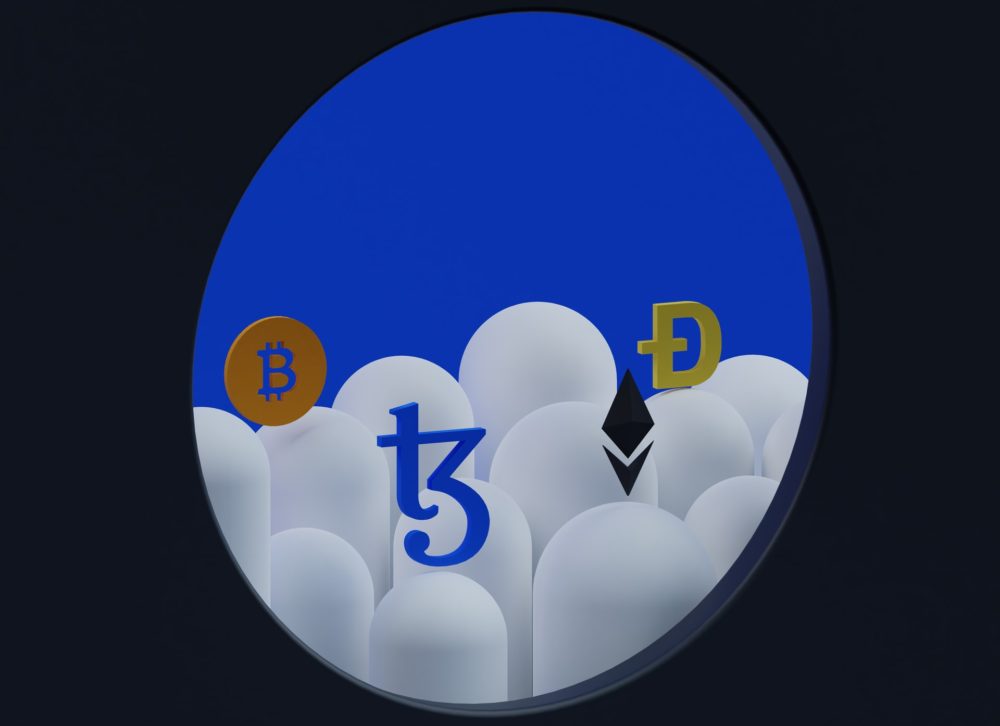
If you open your practice to the NFT law, you will attract clients in the real estate, financial sector, insurance, technology, data security, taxation, intellectual property law and gaming. In these sectors, your legal role will be to advise clients on the platforms to consider, licensing requirements, compliance, money-laundering laws, and advising clients on how to fully benefit from the technology.
Regulatory Expertise
Since NFTs are an emerging technology, they do not have regulation in most jurisdictions. Therefore, any country looking to open up its market into this technology is at the stage of designing regulation laws. This is where an opportunity arises for the legal practitioners.
To practice in the regulation field, it is important to have a robust legislative and organization structure to achieve harmony. A good understanding of the law as well as the technology will make you a suitable candidate for crafting regulatory laws. The regulatory laws in this industry span through different areas of the industry. You will find that there are many questions to be answered in the topic of security law, intellectual property law, tax law, litigation, contract law, and technology law.
Opportunities For Innovation
Legal practitioners can also take the opportunity to transform the challenges that they face during practice into technological solutions. When combined with smart contracts, Non-Fungible Token(NFT) can bring solutions that can be applied in different cases. The idea here is to come up with smart contracts that can hold up in a court of law.
It is however important to note that innovation can only arise when combined with technical expertise in the industry. Therefore, it is important to understand the emerging technologies so that you can create opportunities in the industry as an expert in the industry. In the future, it is estimated that a growth in the industry will lead to an increase in innovation in the legal space.
 Facts On NFTs
Facts On NFTs
Tokens are digital assets that exist on a network of computers known as blockchains. The blockchain works as a public ledger where anyone can open to verify the ownership of an asset as well as the authenticity of a non fungible token. These assets are non-fungible meaning that they cannot be exchanged with other assets of the same value.
People can buy NFTs with fiat currencies, dollars and cryptocurrencies. And just like in cryptocurrencies, people can buy NFTs in specialized markets such as Nifty Getaway, Mintable, Rarible, and OpenSea. The data relating to any of the NFT is recorded on the blockchain and any interested person can have access to this information.
NFTs are also not limited to digital art alone. Instead, they can exist as videos, photos, text, and music. The recent trend in the NFT market has shown us that users can buy and sell even tweets. This is provided that they are unique and original. NFT is loved by many investors especially because of their fast rising value. Buyers can purchase and hold NFTs after noticing a price hike. There are buyers who will sell NFTs within a day and there are those who will hold it for days and even weeks. It all depends on the projections that you make of the market.
The good thing is that NFTs can solve an artist’s problem of monetization for their work. This is because the artist can receive a royalty every time their work is sold. All around the world, the NFT market is seeing a boom as celebrities and artists strive to make a killing from the opportunity. For example, Bollywood stars such as Amitabh Bachchan, Salman Khan, and Sunny Leone are the latest entrants into the NFT market.
Problems Facing NFT
The NFT sector faces a number of challenges in the market. This is especially considering that the industry is largely unregulated. As a result, you will find that there are no constant profits that you can draw from the sector. Therefore users have to do thorough research to identify NFT investments that will give them the maximum returns in the shortest time period.
The other challenge with Non-Fungible Token(NFT) is that you can never be sure of its value. This is especially when you are dealing with artistic items with no real face value on the market. The value of art is driven by scarcity and hype. If the hype on a particular item goes down, you will find that its value will go down as well. Unfortunately, this can cause investors to lose a lot of money in the name of NFT investment. That is why we have said that investors need to be careful in the kind of NFTs that they are investing in.
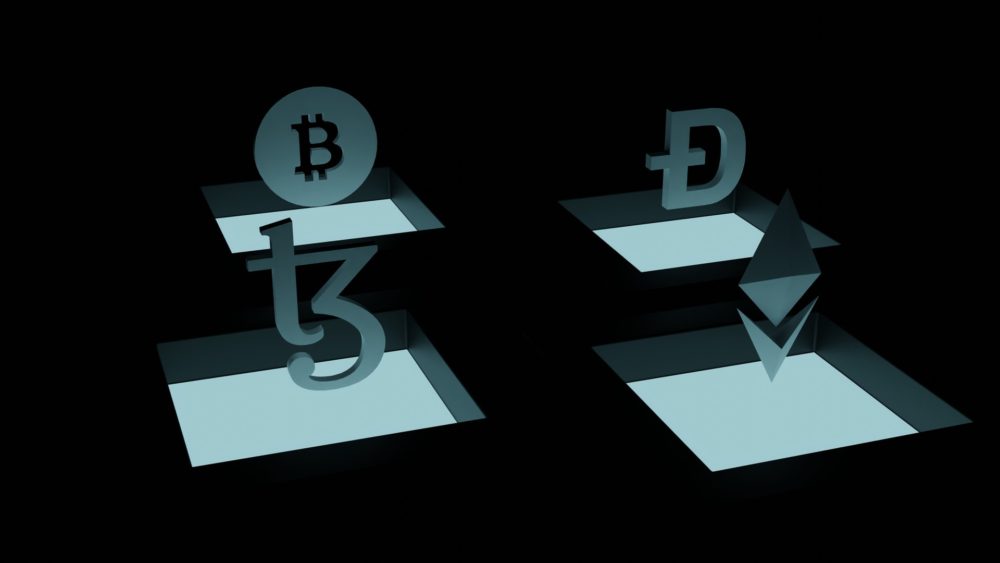
Fees involved from the non-fungible token transactions are also a deterrent to many investors. This is especially because the transactions consume a lot of computer energy to complete. The process of verifying NEFT transactions is referred to as mining. Unfortunately, this process consumes a lot of energy. In fact, many environmentalists have come up in arms against the process of mining. They claim that the amount of energy generated through the process leads to generation of greenhouses which causes the planet to heat up.
Conclusion
NFTs have clearly revolutionized the art industry. Today, musicians, artists, athletes and designers can earn more money from their talents. However, one needs to master the process right so that they can reap the benefits. NFT items on the market have earned the creators millions of dollars from sales and royalties. This has expanded the market for artists who can now earn extra money from their work.
As we have seen above, NFTs have heralded a new way of representing and monetizing intellectual property. However, what is important is to note the ownership of the NFT based on the terms and conditions that have been put up on the sale. The terms of sale are set by the owner of theft and clearly stipulated in the metadata. Therefore, to find out more about the NFT, it is important to look out for this information.
In the future, it is expected that the NFT market will be grateful and include even more diverse items and industries. Before then, we just have to look at how the industry is opening up in this market.



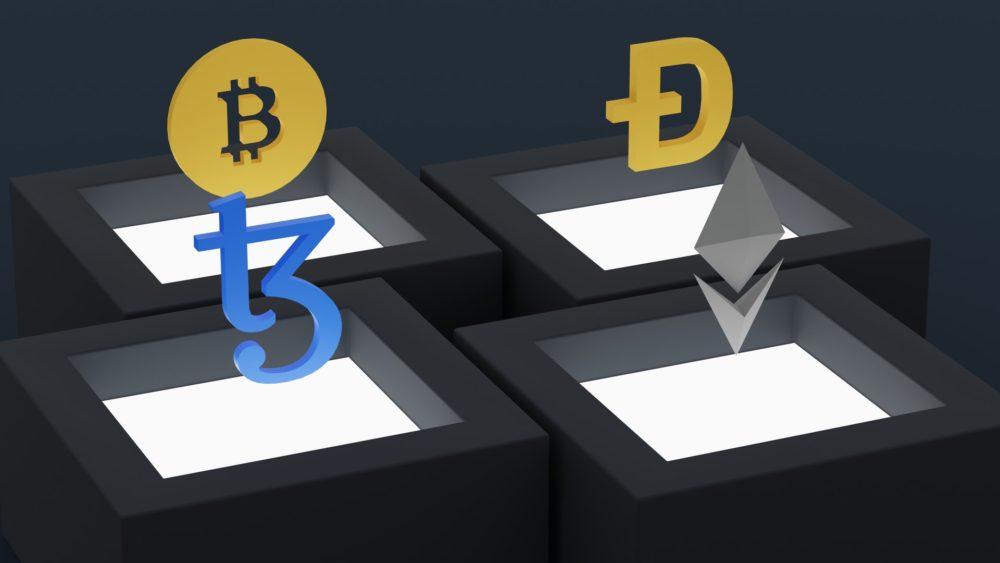
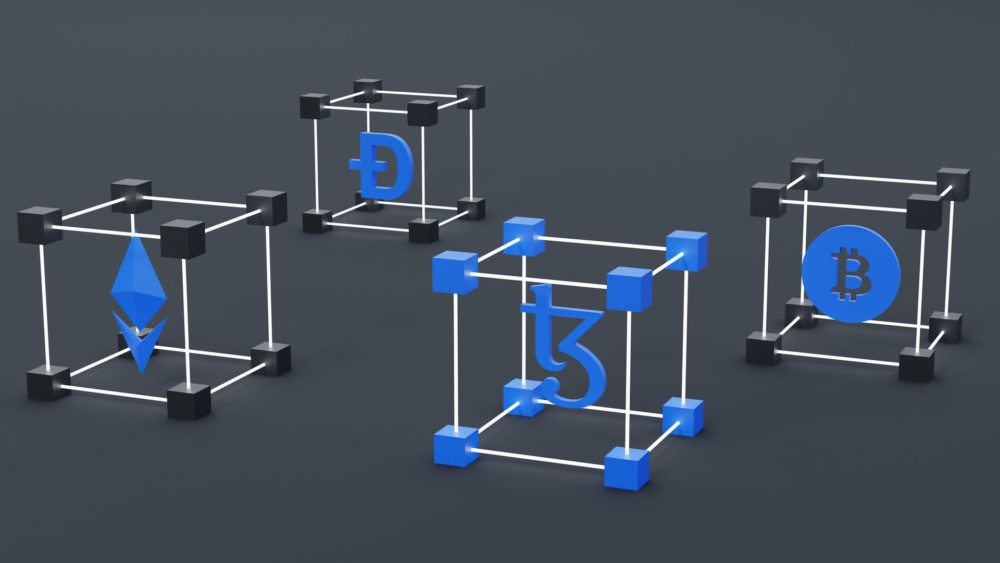
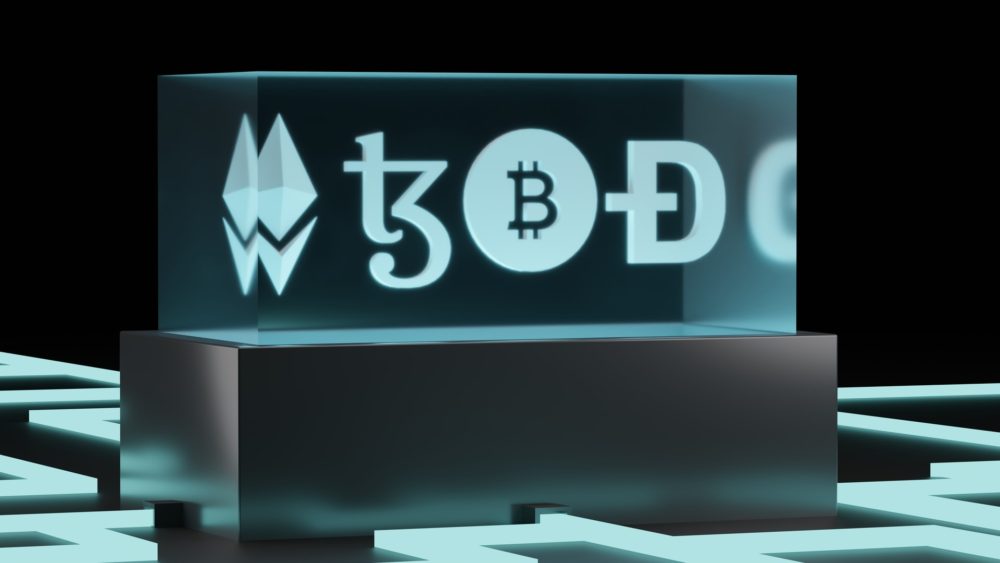 Creates An Economic Opportunity
Creates An Economic Opportunity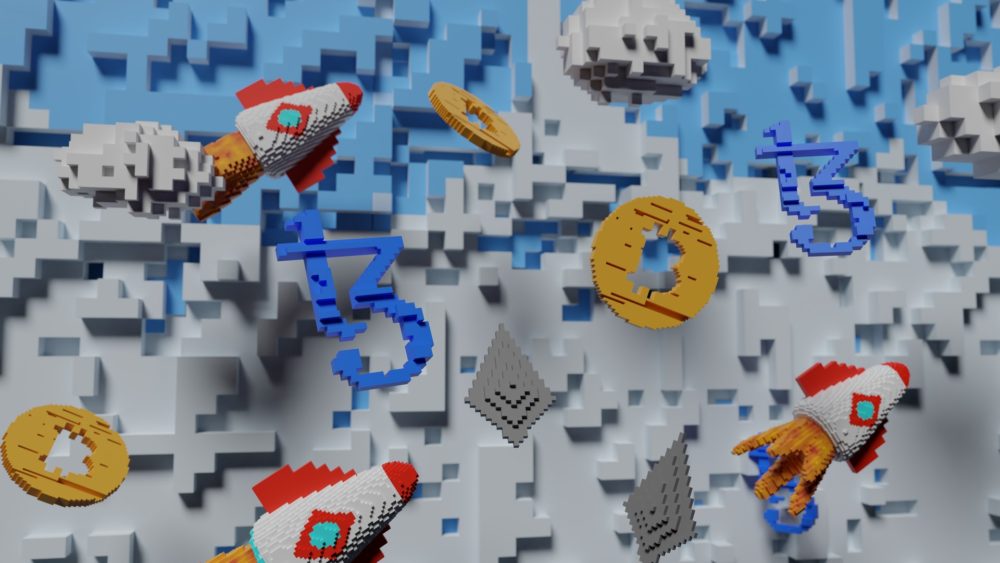 Facts On NFTs
Facts On NFTs